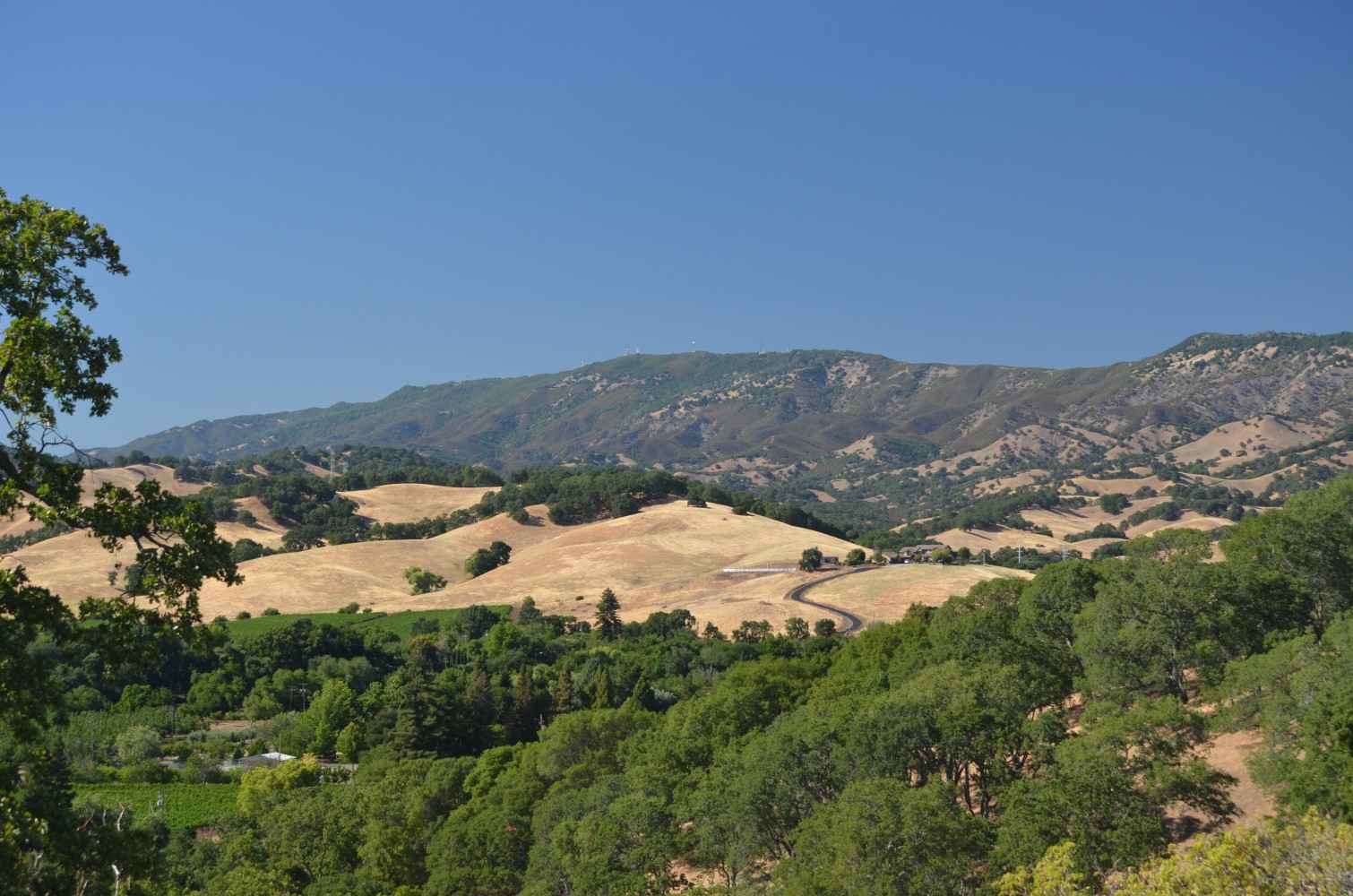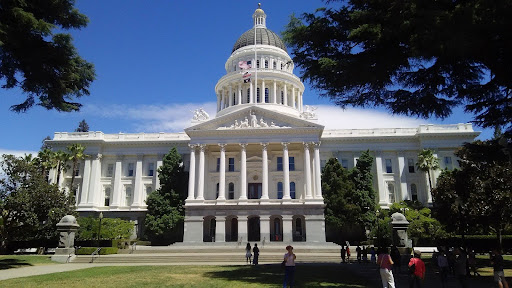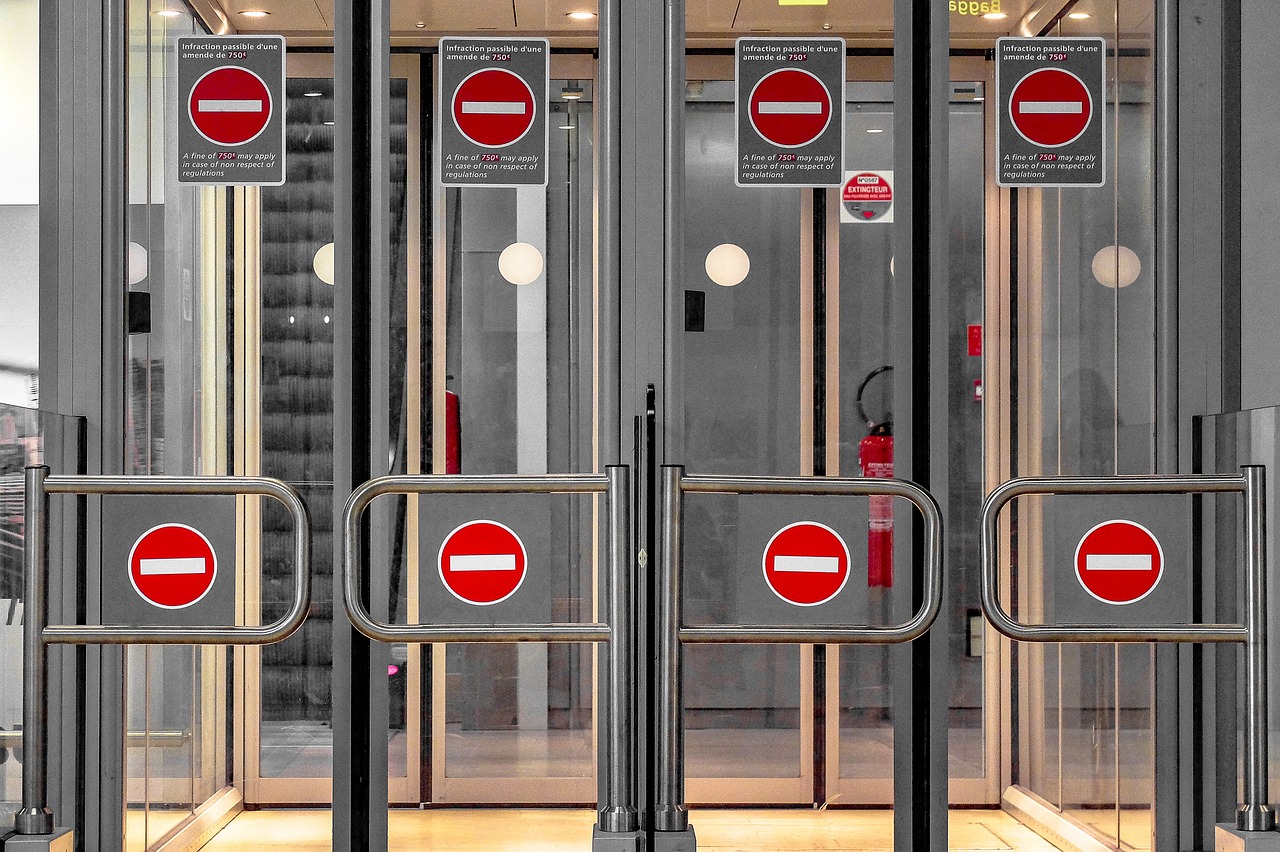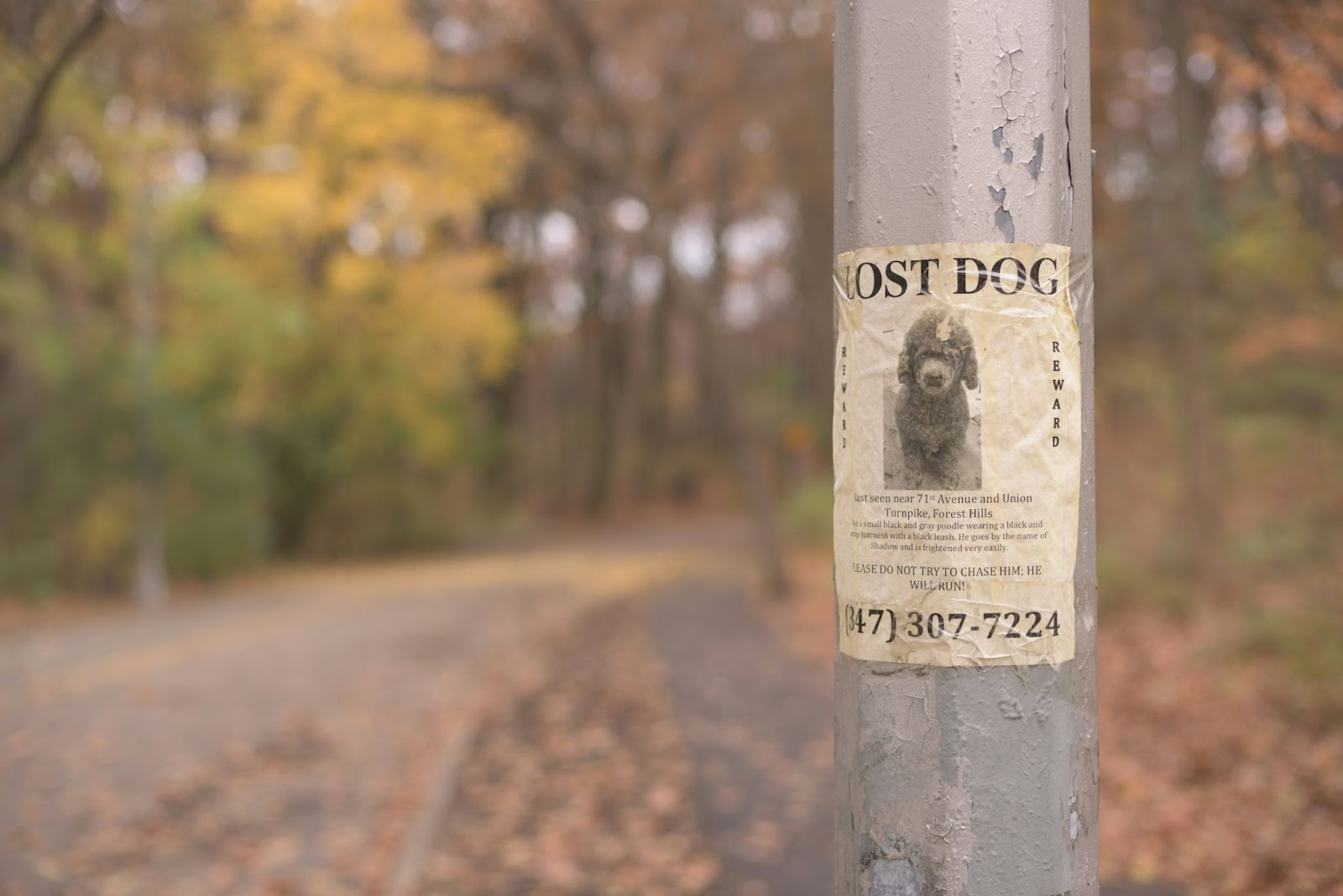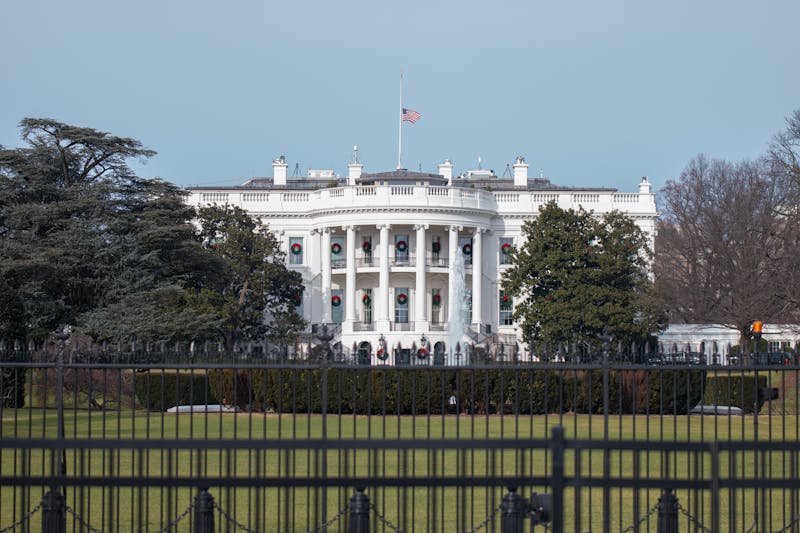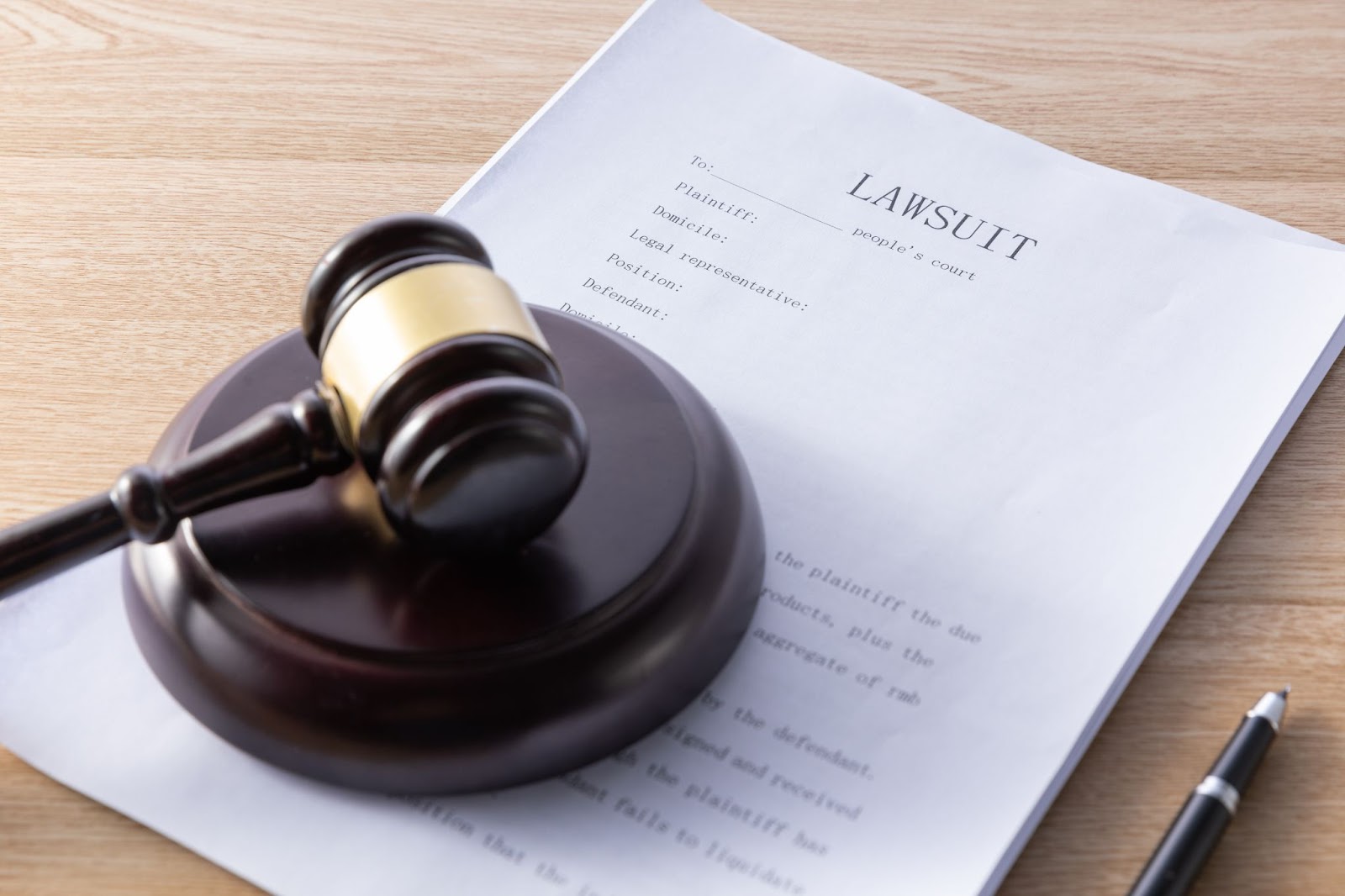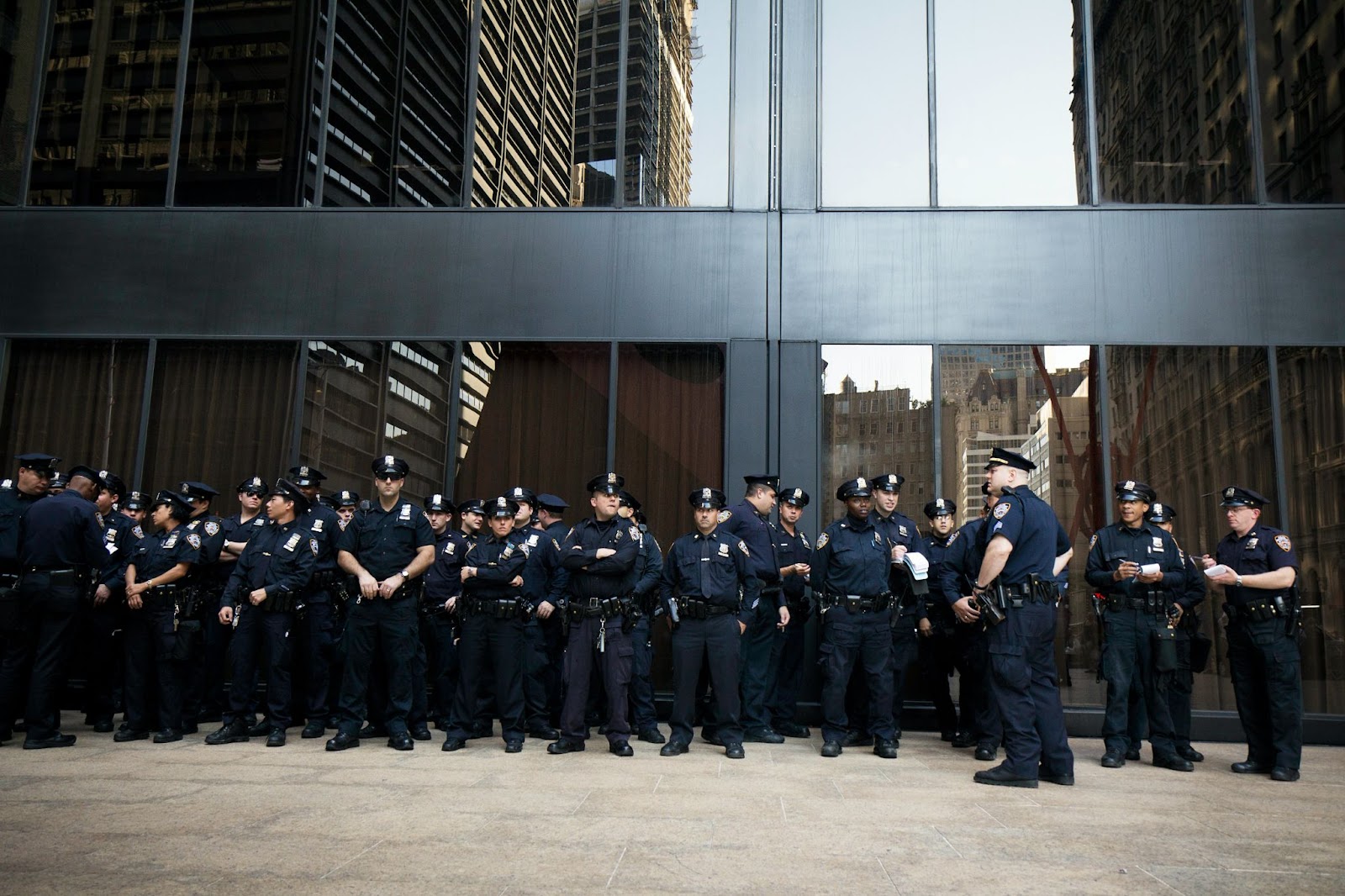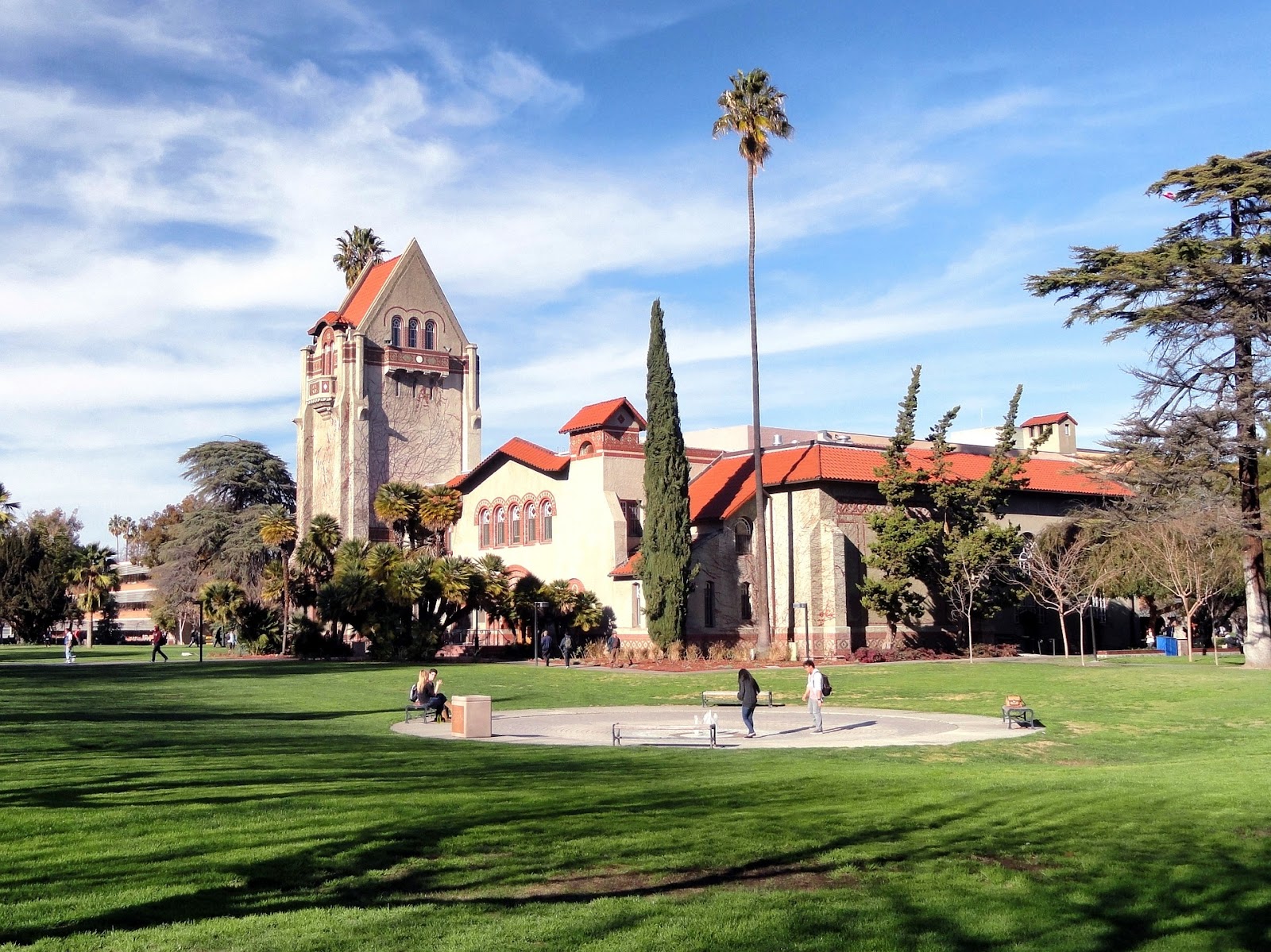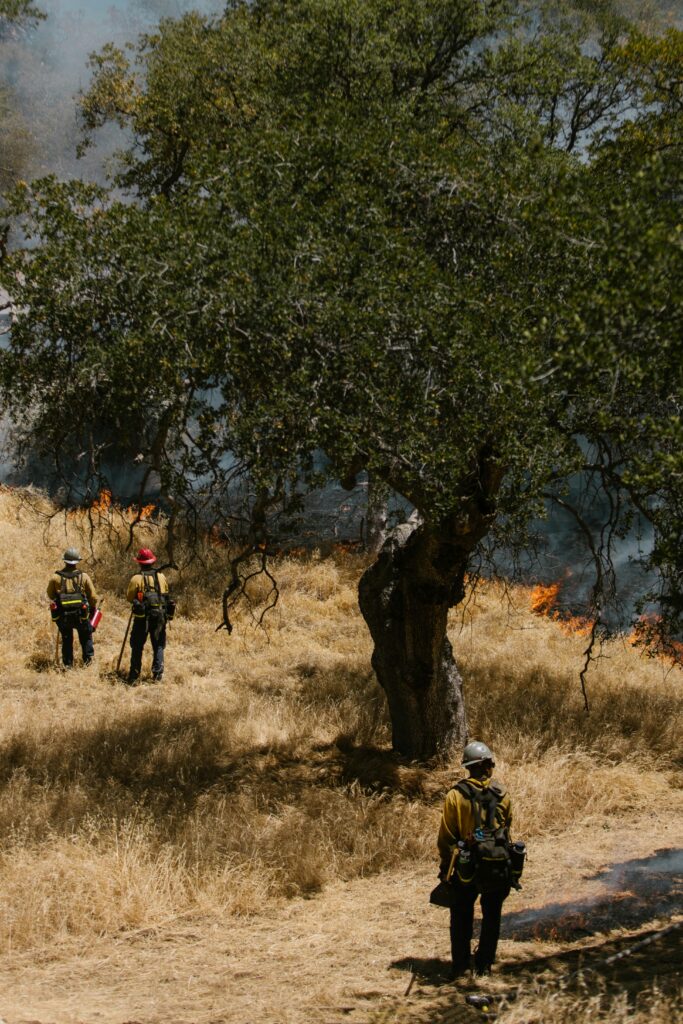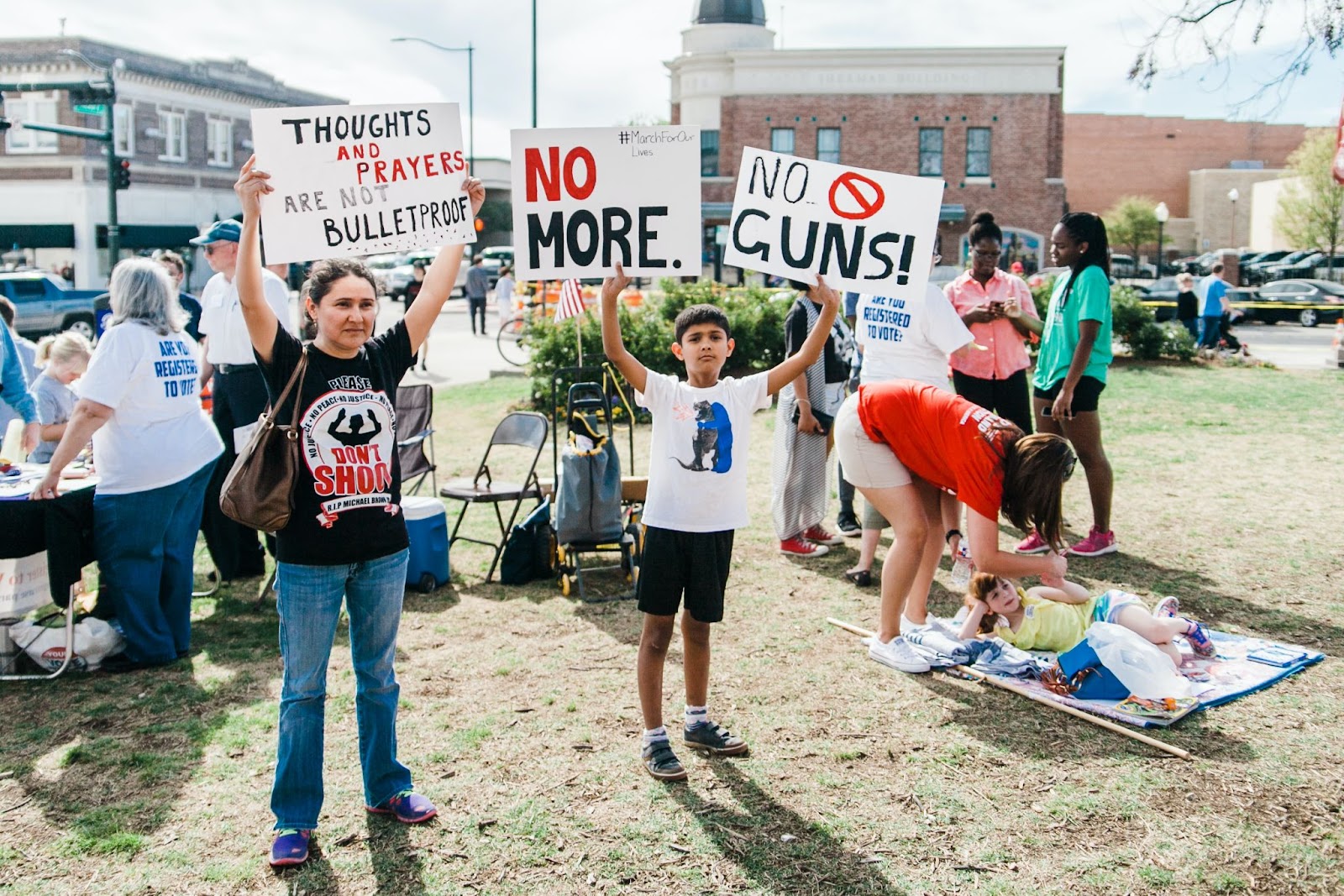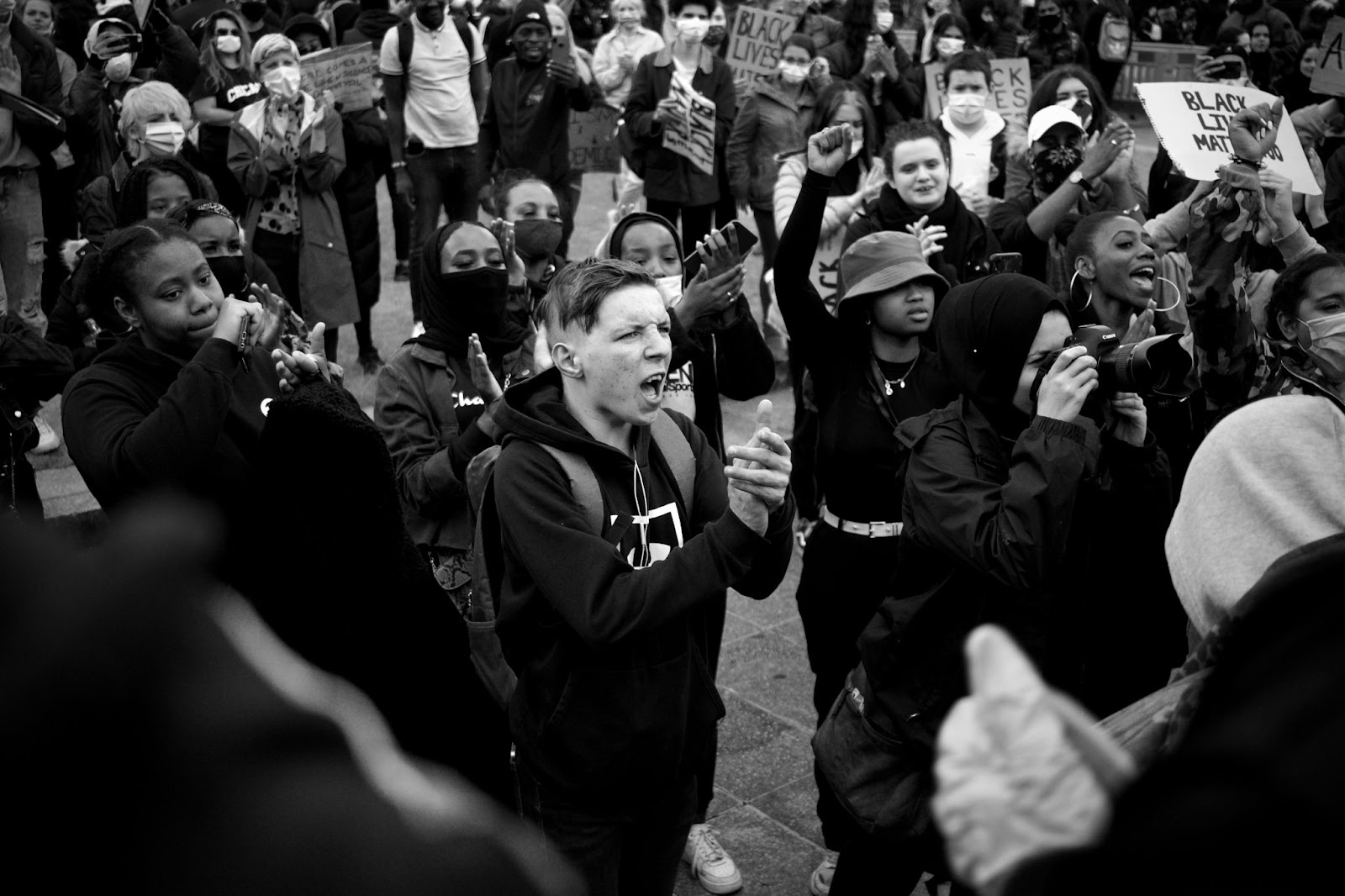In a startling turn of events, flames engulfed a residence in Antelope, California, sparking a tumultuous confrontation between the property owner and a group of squatters. The blaze, which erupted at the 4500 block of Country Run Way, not only ravaged the physical structure but also laid bare the deep-seated tensions surrounding property rights and squatting laws. As emergency responders rushed to the scene, residents grappled with the harrowing ordeal, confronting the immediate danger and the uncertain future ahead.
An Incendiary Escalation: A Dispute Becomes a Fire, then a Fight
Authorities from Sacramento County are delving into the complex drama that led to the blaze, which presents a legal puzzle. The property, a focal point of contention between the owner and squatters, had become a battleground of legal disputes and simmering tensions. Reports suggest that the squatters, entrenched in the residence for the past two years, had become embroiled in a legal battle with the homeowner seeking their removal.
In the middle of the fire, a physical altercation erupted among residents, drawing the intervention of sheriff’s deputies. In the ensuing chaos, two individuals were detained, with one sustaining a knife injury in the fray. Despite the tumult, all residents managed to evacuate safely, albeit amidst the backdrop of extensive property damage and lingering uncertainty. The precise legal status of the squatters hangs in the balance, with California’s squatting laws offering a complex framework that adds layers of complexity to an already fraught situation.
California’s Legal Rights Present Particular Problems
Amid the legal intricacies surrounding property ownership and squatting rights, California’s laws offer a nuanced framework that shapes the trajectory of such conflicts. With squatters’ rights relatively favorable compared to other states, disputes over property occupancy can escalate into protracted legal battles, leaving individuals uncertain. Resolving such disputes against soaring housing costs and a growing homeless population demands legal clarity and a more profound recognition of the human impact at stake.
Beneath the surface of this fiery clash lie complex societal factors that fuel such disputes. The staggering cost of housing in California, coupled with a shortage of affordable options, pushes many residents to the brink of homelessness. For marginalized communities, squatting often emerges as a desperate bid for shelter in the face of economic hardship and systemic inequalities. As legal battles unfold and property rights come into question, the human stories behind the headlines underscore the profound challenges individuals face on both sides of the divide.
Complicated Causes Lie Behind Incidents Like These
Beyond the sensational headlines and legal wrangling, the reality of homelessness in California paints a sobering picture. The latest point-in-time count revealed a stark increase in homelessness statewide, with over 180,000 individuals grappling with housing insecurity. These numbers represent more than mere statistics; they reflect the lived experiences of real people navigating the precarious terrain of housing instability. As policymakers and advocates strive to address the root causes of homelessness, it’s imperative to confront the human toll of these crises and chart a path toward lasting solutions.























